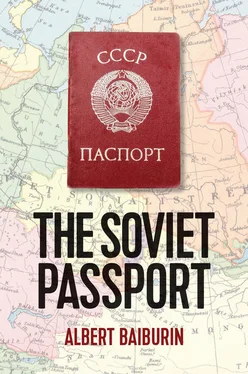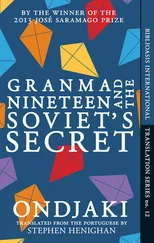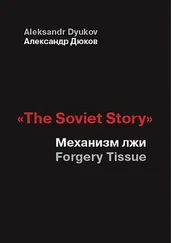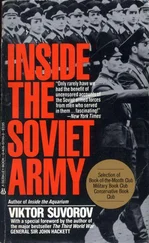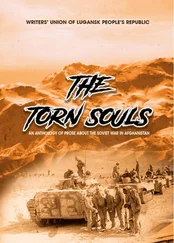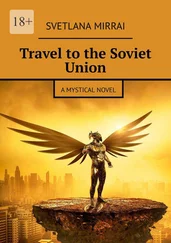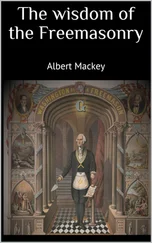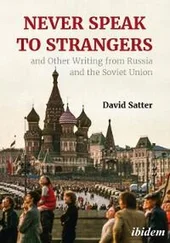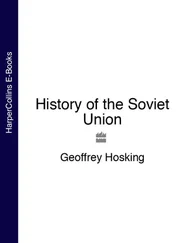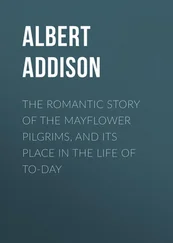A significant step towards the creation and operation of the passport as an identity document was the inclusion of information about a person’s physical appearance in the list of essential details: the designation of identifying features. What had originally been written in the Legal Code of 1649 as a demand to describe ‘villeins by their features and identifying marks’ was made more detailed. For the ‘letters of passage’ issued in Peter’s reign, the instruction was that ‘the one who is being allowed to travel be described by height, face and without fail his identifying features’. In the ‘Regulations on Passports and Runaways’, published in 1832, 34the following identifying features were listed: ‘age; height; colour of hair and eyebrows; colour of eyes; nose; mouth; chin; face; distinguishing features’. However, by the start of the twentieth century, the only details required in residents’ permits and passports were ‘height; hair colour; and distinguishing features’. It is curious that ‘colour of eyes’ had been removed from the list, even though it is impossible to change their colour, whilst hair colour can be changed. This shows again the imperfect logic behind the denomination of distinguishing features, and how the link between these and the referent (the passport holder) was at best tenuous. The emphasis had shifted to other identifying details, most notably the signature (see chapter 5).
During Empress Elizabeth’s reign (1741–62) a detail was added to the passport template which at the time appeared to be simply a technicality: instead of the date being printed, it was written in by hand when the passport was received. 35This introduced a characteristic of modern passports (and other documents): the combination of the printed and the handwritten, which widened the scope for the use of documents. It was one example of how the technical side of the passport’s function was still developing. In 1798 a decree of the Senate introduced templates for different types of passports depending on the length of their validity (one, two or three years); 36and slightly before this (in the same year) it was announced that the validity of a passport could be extended. 37
All of these measures were designed for printed passports, but at the same time various handwritten forms continued to exist. Attempts had been made earlier to introduce printed passports (such as Catherine I’s Decree of 1 February 1726), but these did not produce the desired result. There were two main reasons for this: the printed templates were expensive, and they were difficult to produce. As a result, there were great problems trying to expand their use. In 1803, Tsar Alexander I once again addressed the issue of the multiple formats of passports. It was announced that merchants, members of the lower middle class and peasants would not only be issued with an identical type of passport but that it would definitely be a printed one. 38Making printed passports compulsory was undoubtedly prompted by the need to reduce the number of forgeries, but clearly this was not the only reason. Bringing uniformity to official documents illustrated how much state bureaucracy had increased. The bureaucracy was gradually beginning to exert full control over the right to issue passports and, as a result, the establishment of a person’s identity.
Under Empress Catherine II, passports were used as a means of controlling where settlers from European countries could live. After the division of Poland, the Russian Empire acquired territories with substantial Jewish populations. The ‘Jewish problem’ this created was solved in a tried and tested fashion: passports were issued only for movement within the Pale of Settlement, the only place Jews (with rare exceptions) were permitted to live. The passport was already used for conscription to the army, police control and tax collection; now, by a manifesto of 15 December 1763, Catherine brought in the ‘passport fee’, which differed depending on the length of validity of the passport, from one to three years. 39
A decree of 23 October 1805, published in the official Gazette , concerned lost passports and also gave information about runaway ‘pashportless people’. 40The passport was being handled in an ever more regulated way. In 1812 a new designation was added to the list of compulsory details for the owner of a passport (who, it will be remembered, could be only a man): his marital status. In a uniform manner it had to be stated whether he was married or a widower; and if a widower, after which marriage (i.e., first, second, etc.). This latter point was motivated by a desire to observe the rites of a church wedding (it was found that after peasants had spent long periods working away from their community, there were cases of bigamy). 41The inclusion in the passport of details about wives and children led to a significant expansion in the number of people who were registered in the document.
Under Tsar Nicholas I (reigned 1825–55), the number of essential details for confirming a person’s identity continued to grow. ‘Leave passes’ for officials, which served as their passports, had the designation, ‘ religious denomination’ added to the list of essential details. It should be noted that these new details contained information which could be verified only at the person’s place of permanent residence, but which was useful when it was necessary to establish with greater certainty a person’s identity, since both their marital status and their religious denomination were parts of the written record. Thus, passport details were now linked to other documented information about a person. But this was incidental. The ‘religious denomination’ designation was introduced principally as another category for classifying the population. This was due to the unequal status of different religions in the Empire. Until the passing of the law of 17 April 1905, ‘On the Strengthening of Religious Tolerance’, 42religions were divided into three groups: 1. The official religion of the state (Orthodoxy); 2. Religions which were tolerated (Catholicism, Protestantism, Islam, Judaism, Buddhism, Paganism); 3. Those which were not to be tolerated (sects such as the Dukhobors , the Molokans , the Sabbatarians or Subbotniks [Russ: Iudeystvuyushchiye ] and at certain times the Raskol’niki , or Old Believers).
Naturally, this meant the authorities could utilize religious belief as a convenient instrument of domestic policy, by drawing up a hierarchy of denominations, which they could use for their own purposes. Religious belief played a particular role in identification strategies. To the question, ‘Who are you?’, the peasants and the average citizen usually answered in one of two ways: either, ‘We are Orthodox’ (or ‘Muslims’ and so on); or ‘We’re locals’ (from, for example, Pskov, or the village of X, and so on). Religious and regional identity was the basis on which imperial patriotism flourished. 43In this, religious belief occupied a special place, as it was the principal consolidating factor. Vladimir Solovyov maintains that the state effectively turned religious belief into an issue of nationality. 44It is indicative that the russification of the outer fringes of the Empire at the end of the nineteenth and start of the twentieth centuries was marked out, amongst other things, by the construction of Orthodox churches and the creation of Orthodox parishes.
Right up until the Soviet period, religious belief was considered to be a far more important feature than a person’s ethnic origin. In the majority of documents, ethnicity is not indicated; if it is required, it is related to belief and mother tongue. (This is exactly what happened in the First Census of the Population of the Russian Empire of 1897, where there was no question about ‘ethnicity’, but there were questions about ‘religious denomination’ and ‘native tongue’. 45) This was because the most important issues in a person’s life (such as getting married) lay under the auspices of the Church, and there was no unified ‘family code’ for people of all denominations. People needed permission from the hierarchy of whichever religion they belonged to in order to marry. In the majority of cases this meant that spouses had to be of the same faith (or to convert to it). In such a situation, documents that contained details about religious denomination (such as the passport) served as official confirmation that the bearer belonged to a particular religion.
Читать дальше
